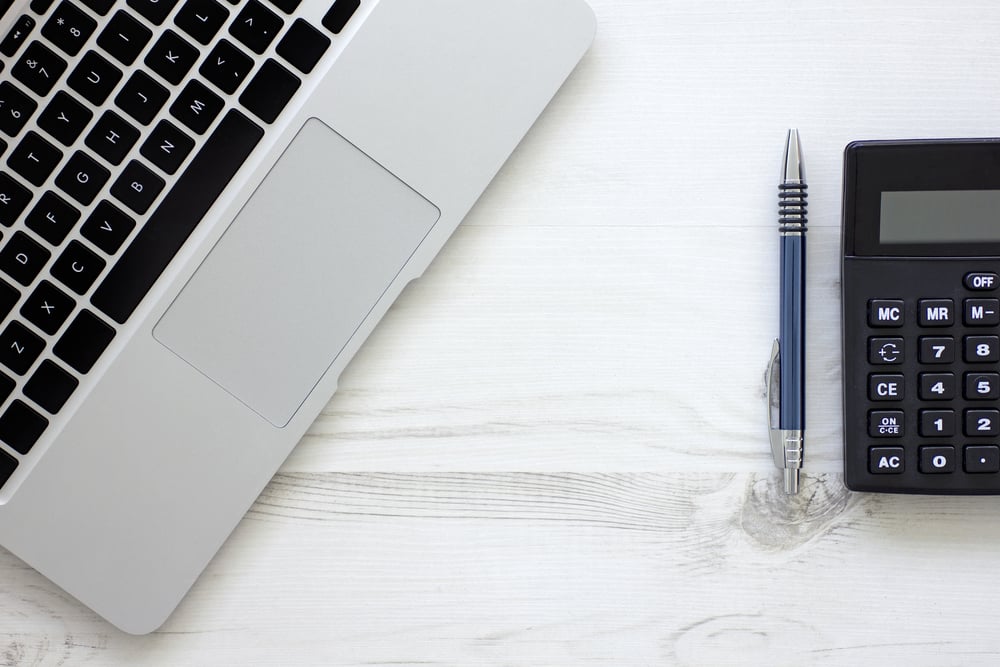The most frequent questions that owner/operators ask are usually related to how to price their services. How much per sq. ft. should I charge? What should I bid on this commercial account? And so forth.
If you overprice a job, you may lose the bid. But if you price a job too low you may get the bid but lose money while working hard and long hours.
It is impossible to know if the price you have determined will make you a nice profit, break even, or result in you losing money unless you first know your costs of doing business. This will be different for every company. Some work from a home office, while other companies have a shop and office downtown. One company runs a single truck and gets a large portion of its work by word-of-mouth. Another company has multiple service vehicles on the road, and markets via the Internet, and by direct mail to get enough customers to keep the techs busy.
You get the picture. Each situation is different. No one can correctly tell you what you should be charging. You have to determine what is right for your own personal circumstances.
Know where your business stands by knowing the actual Numbers
Fixed Costs & Operating Costs of Carpet Cleaning
Although every business owner knows this is true, many still haven’t taken the time to figure it out.
Enter the number of service vans you have, yearly hours of use (Most TMs have a meter showing total hours used), and annual mileage. Next, we’ll calculate the number of days you be working and allow days for time-off, vacation, holidays, possible sick days, and so forth. Next fill in your variable costs, followed by your fixed costs.
Be sure to include your own wages in the salaries section. This is not how much you want to gross per hour or what you wish you could make, simply a fair annual wage for the services you provide. If you have employees, their annual salaries are added in here. This is also where the cost of payroll taxes and perhaps fringe benefits are shown. So in this box add all employee salaries including your salary plus taxes and the cost of any fringe benefits.
The profit entry is what you want to be left after all expenses including your own salary. This money allows the business to grow, develops a cushion for cash flow in lean times, covers the cost of opportunity for the money and effort you invested, and compensates you for the risks taken in starting and operating your business.
To be profitable, you will need to ensure that you cover all these costs. The variable costs are affected by the number of jobs you do and the amount of carpet you clean. These are the costs directly associated with each job. Your rent, advertising, and the payment on your Truckmount won’t change if you are out on a job or sitting in the office. So, it can be tempting to do a job that simply pays more than the operating costs. But if you do this often, you’ll have a difficult time covering all those other expenses.
In the example company provided with the spreadsheet, the cost of doing business exceeded $125 per hour for every hour the Truckmount was running. You may be surprised how much it is costing you for each hour you are cleaning the carpet.
Your Breakeven Cost for Your Carpet Cleaning Business
The next section takes this hourly cost of covering all the business expenses and divides it by the number of square feet you can clean in an hour. This determines a breakeven price. This is how much you will need to charge to cover all expenses plus the profit you want to make. The program will calculate two breakeven prices for you. One based on residential production rate and another based on commercial production rate. You can change the production rates to match your own experience. In the example, the residential rate is 500 sq. ft. per hour and the commercial production rate is 1,000 sq. ft. per hour. You may work faster or slower. Among other factors, this will depend upon what you include in the cleaning – pre-vacuum, furniture moving, mechanical agitation, grooming, and so forth.
Profit Margins for Various Scenarios
Finally, the spreadsheet will show the profit margin for various scenarios and the annual gross volume generated by your figures.
With just a little imagination, you can use this spreadsheet for “what if” scenarios. For example, what if you invested in a new piece of equipment? Change the expenses to reflect the cost of that new equipment and change your production rate to show the (hopefully) increased production rate or other changes it would make in your business. Does your breakeven price increase or decrease?
Best wishes in your business. Your success is the only way we can succeed.
by Scott Warrington
Disclaimer: I am not an accountant. This information is not intended as accounting advice. The purpose of this article is to make it more convenient for you to do the math you should be doing to keep on top of your business. For questions and advice, please consult an accounting professional.
